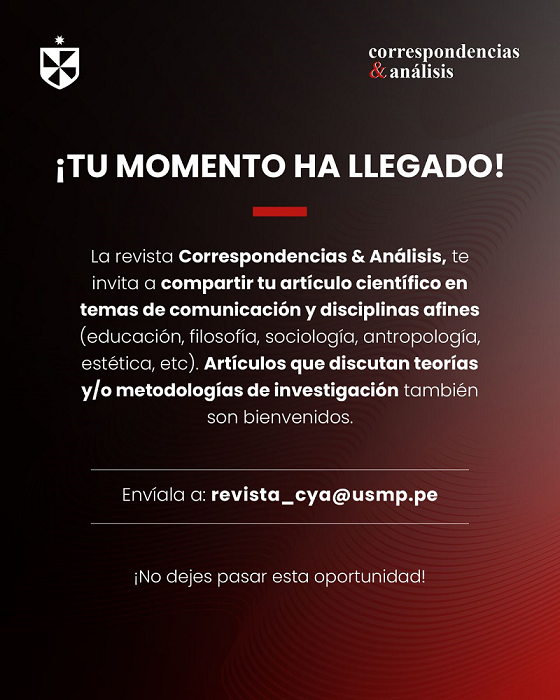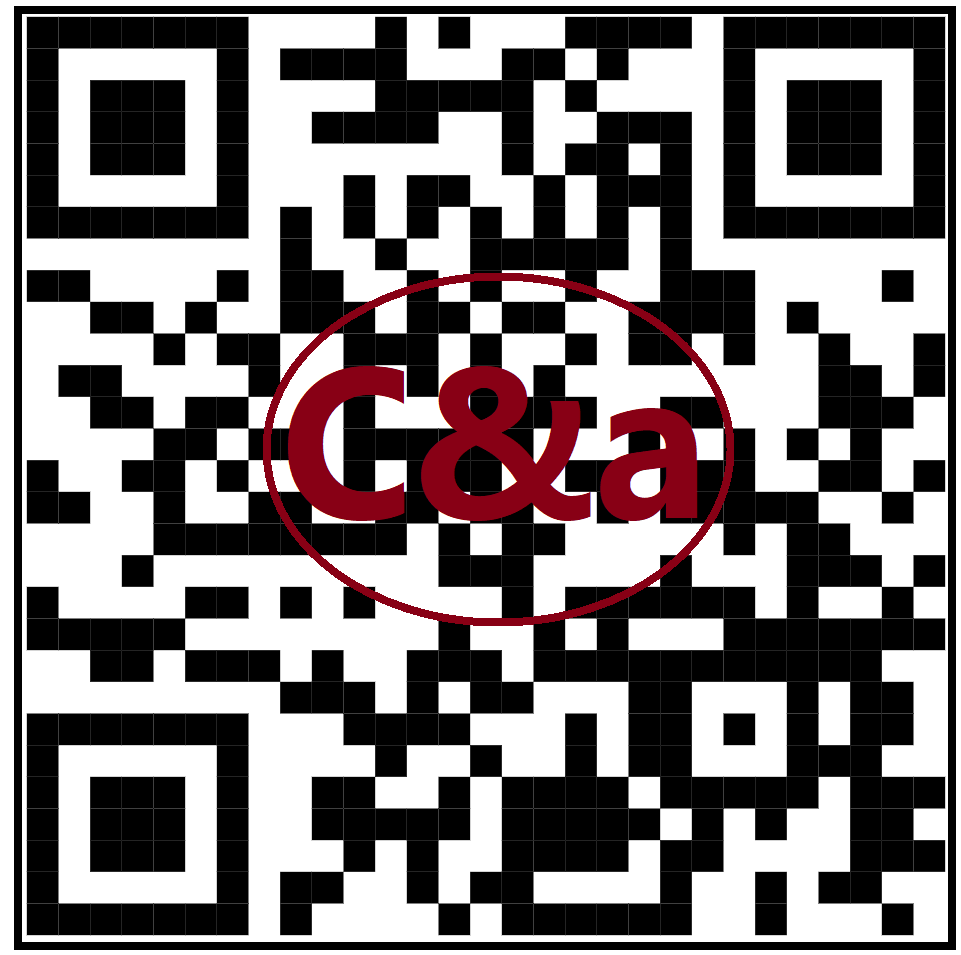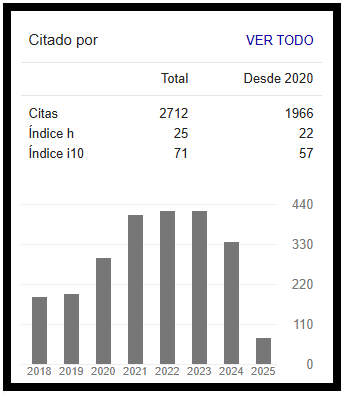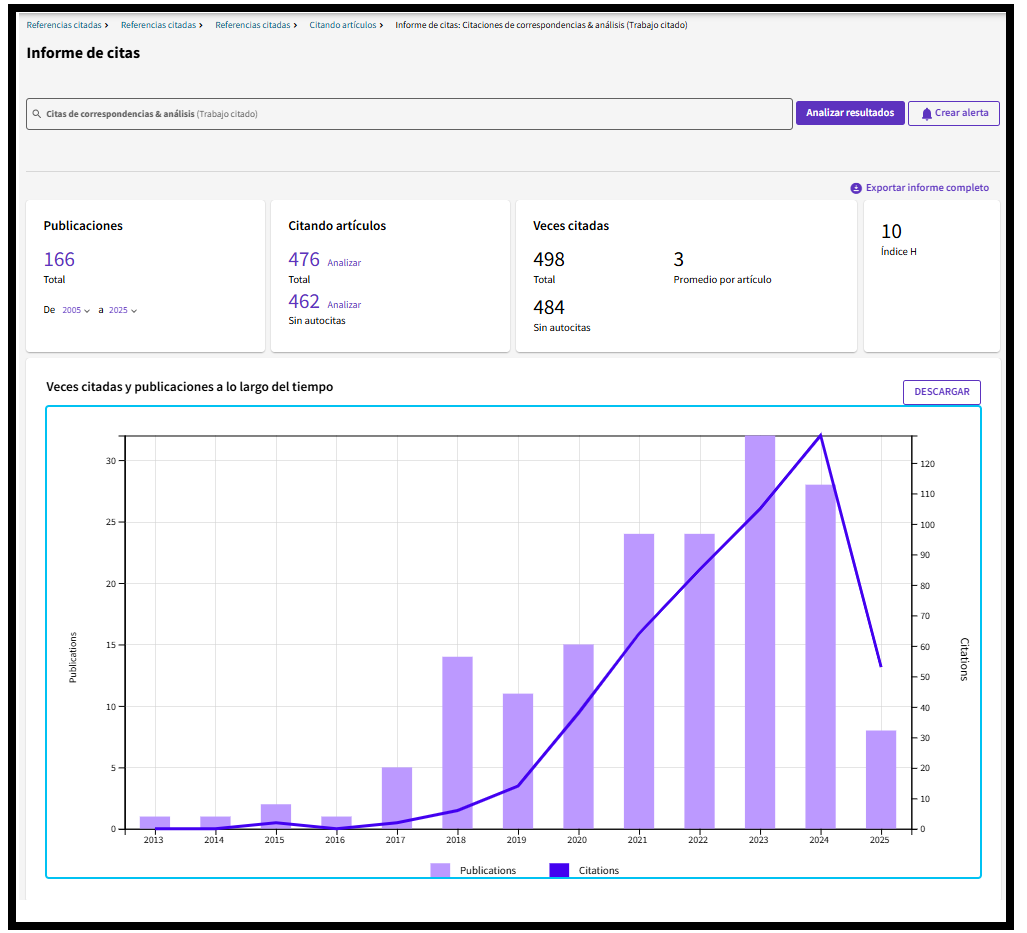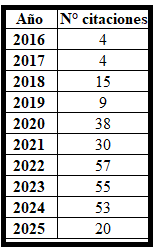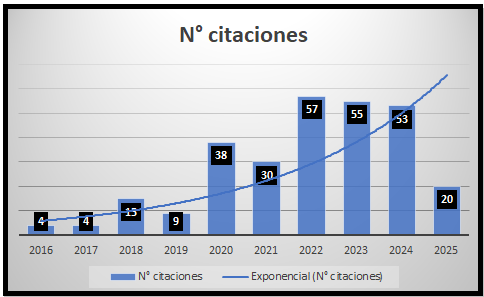Genres and writing styles in the Press. Development and taxonomic variants
DOI:
https://doi.org/10.24265/cian.2012.n2.10Keywords:
Journalism, Journalism Genres, Press, News, Facts, Opinion Journalism, Editorials, Columns, Feature Story, ReportageAbstract
One of the key factors in the maturation of modern Journalism, during the 20th century, has been the evolution of Journalism Genres, especially in the Press. Their domain allowed the appropriately diffusion of data, opinions and analysis into informative, opinion and interpretative texts that respected different styles, but also complementary, if one takesVinto account the overall content of a publication. Within Latin American Journalism, this intention has resulted in tripartite classifications.
Currently, the Press interrelates with the new communication platforms (contained in the changing spectrum of Digital Journalism) that constantly used multimedia Internet resources, the immediacy of virtual social networks and the Microblogging. Within this scenario, Journalism Genders take a new importance in Print Media (newspapers, supplements, journalistic magazines, among others), setting up a methodology that safeguards professional ethics, helping journalists in the composition of substantial texts with appealing narrative, product of rigorous research, as well as specialized and multidisciplinary approach in line with the demands of the 21st century.
Metrics
Downloads
References
Abril Vargas, N. (1999). Periodismo de opinión. Madrid: Síntesis.
Alcalde, C. (1981). Cómo leer un periódico. Barcelona: A.T.E.
Armañanzas, E. y Díaz Noci, J. (1996). Periodismo y argumentación: géneros de opinión. Bilbao: Universidad del País Vasco.
Armentia Vizuete, J. y Caminos Marcet, J. (2002). Fundamentos de periodismo impreso. Barcelona: Ariel.
Bezunartea, O.; Martínez, F. y Del Hoyo, M. (1998). 21 lecciones de reporterismo. Bilbao: Universidad del País Vasco.
Cantavella, J. (1999). “Textos dinámicos y atractivos para un periodismo cambiante. Aproximación a las tendencias de futuro en los géneros periodísticos”. Estudios sobre el Mensaje Periodístico, núm. 5, pp. 63-75.
Casals Carro, M. (2005). Periodismo y sentido de la realidad. Teoría y análisis de la narrativa periodística. Madrid: Fragua.
Charaudeau, P. (2003). El discurso de la información. La construcción del espejo social. Barcelona: Gedisa.
Edo, C. (2003). Periodismo informativo e interpretativo. El impacto de Internet en la noticia, las fuentes y los géneros. Sevilla: Comunicación Social.
Fernández Parratt, S. (2008). Géneros periodísticos en prensa. Quito: CIESPAL.
Gomis, L.
_(1991). Teoría del periodismo. Cómo se forma el presente. Barcelona: Paidós.
_(1987). El medio media. La función política de la prensa. Barcelona: Mitre.
González Reyna, S. (1999). Géneros periodísticos: Periodismo de opinión y discurso. México D. F.: Trillas.
Gutiérrez Palacio, J. (1984). Periodismo de opinión. Madrid: Paraninfo.
Hernando Cuadrado, L. (2000). El discurso periodístico. Madrid: Verbum.
La Vanguardia, diario (2004). Libro de Redacción. Barcelona: Ariel.
López Hidalgo, A. (2002). Géneros periodísticos complementarios. Una aproximación crítica a los formatos del periodismo visual. Sevilla: Comunicación Social.
Martín Vivaldi, G. (1998). Géneros periodísticos: reportaje-crónica-artículo (análisis diferencial). Madrid: Paraninfo.
Martínez Albertos, J.
_(2004). “Aproximación a la teoría de los géneros periodísticos”, pp. 51-75. En Cantavella, Juan y Serrano Oceja, José (coords.) (2004). Redacción para periodistas: informar e interpretar. Barcelona: Ariel.
_(2001). Curso general de redacción periodística: lenguaje, estilos y géneros periodísticos en prensa, radio, TV y cine. Madrid: Paraninfo-Thomson Learnings.
_(1989). El lenguaje periodístico. Estudios sobre el mensaje y la producción de textos. Madrid: Paraninfo.
Núñez Ladevéze, L.
_(2007). “Los géneros periodísticos y la opinión”, pp. 15-54. En Cantavella, Juan y Serrano Oceja, José (coords.)
_(2007). Redacción para periodistas: opinar y argumentar. Madrid: Universitas.
_(1995). Introducción al periodismo escrito. Barcelona: Ariel.
Rodríguez Betancourt, M. (2004). “Géneros periodísticos: para arropar su hibridez”. Estudios del mensaje periodístico, núm. 10, pp. 319-328.
Rodríguez Pastoriza, F. (2006). Periodismo cultural. Madrid: Síntesis.
Sánchez Sánchez, J. y López Pan, F. (1998). “Tipologías de géneros periodísticos en España. Hacia un nuevo paradigma”. Comunicación y Estudios Universitarios. Monográfico: Los géneros periodísticos en los medios de comunicación impresos, ¿Ocaso o vigencia?, núm. 8, pp. 15-35.
Santamaría Suárez, L. (1994). “Estado actual de la investigación sobre la teoría de los géneros periodísticos”. Estudios sobre el mensaje periodístico, núm. 1, pp. 37-56. Extraída el 29/V/2012 desde http://revistas.ucm.es/index.php/ESMP/article/view/ESM9494110037A/13137
Serra, A. y Ritacco, E. (2004). Curso de periodismo escrito. Buenos Aires: Atlántida.
Ulibarri, E. (1994). Idea y vida del reportaje. México D. F.: Trillas.
Yanes, R. (2004). Géneros periodísticos y géneros anexos. Una propuesta metodológica para el estudio de los textos publicados en prensa. Madrid: Fragua.
Downloads
Published
Issue
Section
Categories
License
Copyright (c) 2012 César Mejia Chiang

This work is licensed under a Creative Commons Attribution 4.0 International License.
In case the manuscript is approved, the authors retain the copyright and assign to the journal the right to publish, edit, reproduce, distribute, display and communicate in the country of origin and abroad by means of print and electronic media in different databases.
In order for this procedure to be recorded, the author must fill out the following formats:
Format 1 - Author data Format.
Format 2 - Affidavit on originality and authorization for the publication of articles Format.
Format 3 - Open Science Compliance.







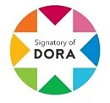
2.png)


